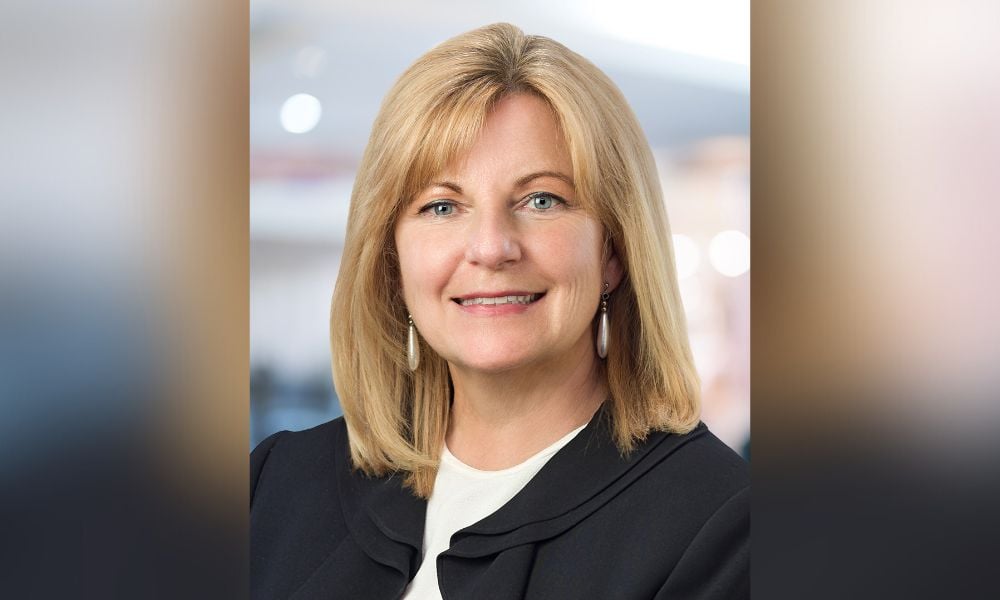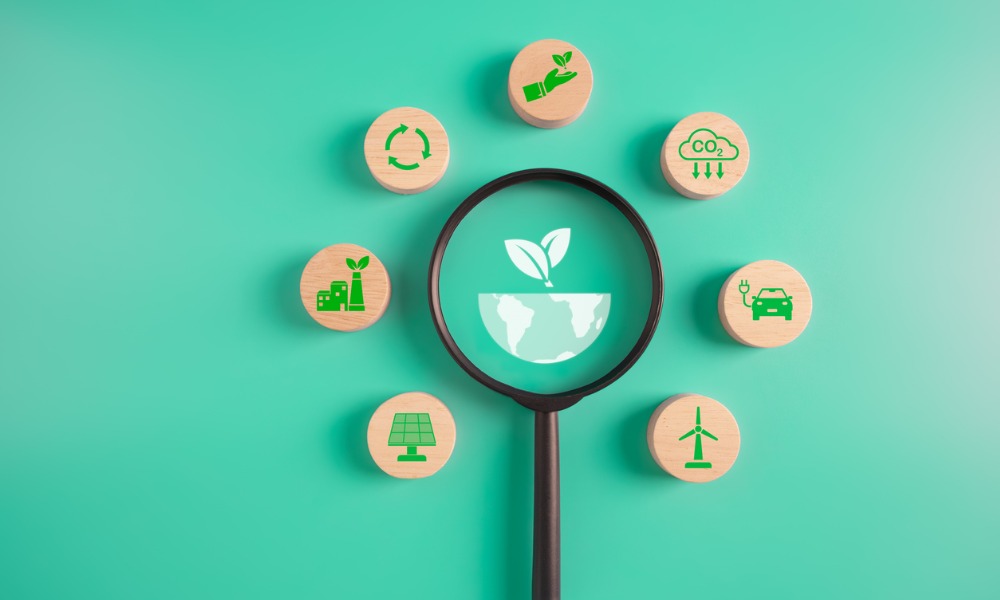The first Canadian sparkling wine I ever tasted was in London on Dominion Day 1975, seven years before the anniversary became Canada Day. It was at a celebration lunch in MacDonald House, Grosvenor Square. Seated next to me was a British diplomat. For the loyal toast to the Q ueen, we were served Chateau Gai Imperial Canadian Champagne. When I asked my neighbour what he thought of it he said, “Fine, dear boy — for launching enemy submarines.”
That was nearly 40 years ago and light years ago in terms of the quality that Canadian winemakers are producing today. It's been something of a ride. Ontario wineries have twice been sued by France's Comité Interprofessionnel du Vin de Champagne for having used the term “champagne” on their labels — once in 1960 and then again in 1986. But more about that later.
When it comes to sparkling wine, Canadian winemakers can lay claim to a couple of industry firsts: Magnotta produced the world's first sparkling Icewine in 1997, and in the 1950s the chief chemist at Brights Wines, Adhemar de Chaunac, produced the world's first 7-per-cent sparkling wine. This at the behest of the Liquor Control Board of Ontario, which was looking for a low-alcohol wine. This pop wine eventually gave rise to Andres' Baby Duck, the product (along with Manischewitz) that introduced most Canadians to wine.
In the 1950s, the usual blend for Canadian sparkling wines was North American labrusca and French hybrids (although that Chateau Gai sparkler I tasted in London was a blend of Catawba and Seyval Blanc). In 1955, as a promotional gimmick, the president of Chateau-Gai, Alexander Sampson, had the chutzpah to send a consignment of his “champagne” to Paris and had it displayed in a store window. The Globe and Mail ran a story headlined: “He Sells Ontario Wines In The Very Heart of France.” Feathers ruffled, the French appealed to the Canadian government, citing the terms of the Canada-France Trade Agreement Act of 1933, which protected term “Champagne” exclusively for wines grown within the geographic boundaries of the Champagne district.
Two years later the Canadian government, to placate the French, offered them half a loaf. A directive was sent to Ontario wineries instructing them that they could only label their sparkling wines as “Canadian” Champagne.
The French reacted slowly to this half-hearted response. In 1964, 15 Champagne houses took Chateau-Gai to court in Q uebec, seeking an injunction to stop them using the term “Champagne” on their labels. The French won the action, and their victory was upheld when Chateau-Gai appealed to Q uebec's Supreme Court — but the ruling stood only for the province of Q uebec, not Canada a whole.
All the while, the 1933 agreement between France and Canada had never been ratified, and in 1980 the House of Commons repealed it, which meant that Ontario winemakers could now use the term “Champagne” with impunity.
In 1987 the French tried again, pleading their case in Ontario this time; and they lost. In his ruling, Judge W.R. DuPont wrote that, “Canadian champagne is a distinct Canadian product not likely to be confused or even compared with French Champagne.” The judge went on to note that the vast price disparity between French champagne and the Canadian version was such that no Canadian consumer could confuse the two. (He said nothing about the taste comparison.)
I happened to be an expert witness for the French in that court case and made myself thoroughly unpopular in the Ontario wine industry. Nevertheless, I believed that it was wrong to trade on an established appellation for commercial gain. (Ironically, today the Canadian wine industry is battling to protect the integrity of its Icewine brand against counterfeits in the Far East market.)
The French lost that battle, but they continued to skirmish on another front: with the help of the European Economic Community, they managed to restrict the importation of Canadian wines to European Union markets, which affected our exportation of Icewine. It wasn't until 2001 that the EU's Wine Management Committee granted Ontario Icewine access to European member markets in a quid pro quo that would prevent Canadian winemakers from using traditional European appellation names. The agreement was signed in 2003, giving Canadian producers 10 years to phase out names such as Chablis, Champagne, Port and Sherry.
Today Canadian wineries are producing sparkling wines that no longer need the crutch of the Champagne name to define them, although there is still the idée fixe in many consumers' minds that anything that sparkles is champagne.
Tony Aspler is the author of 16 books on wine, including his latest, Tony Aspler's Cellar Book.
That was nearly 40 years ago and light years ago in terms of the quality that Canadian winemakers are producing today. It's been something of a ride. Ontario wineries have twice been sued by France's Comité Interprofessionnel du Vin de Champagne for having used the term “champagne” on their labels — once in 1960 and then again in 1986. But more about that later.
When it comes to sparkling wine, Canadian winemakers can lay claim to a couple of industry firsts: Magnotta produced the world's first sparkling Icewine in 1997, and in the 1950s the chief chemist at Brights Wines, Adhemar de Chaunac, produced the world's first 7-per-cent sparkling wine. This at the behest of the Liquor Control Board of Ontario, which was looking for a low-alcohol wine. This pop wine eventually gave rise to Andres' Baby Duck, the product (along with Manischewitz) that introduced most Canadians to wine.
In the 1950s, the usual blend for Canadian sparkling wines was North American labrusca and French hybrids (although that Chateau Gai sparkler I tasted in London was a blend of Catawba and Seyval Blanc). In 1955, as a promotional gimmick, the president of Chateau-Gai, Alexander Sampson, had the chutzpah to send a consignment of his “champagne” to Paris and had it displayed in a store window. The Globe and Mail ran a story headlined: “He Sells Ontario Wines In The Very Heart of France.” Feathers ruffled, the French appealed to the Canadian government, citing the terms of the Canada-France Trade Agreement Act of 1933, which protected term “Champagne” exclusively for wines grown within the geographic boundaries of the Champagne district.
Two years later the Canadian government, to placate the French, offered them half a loaf. A directive was sent to Ontario wineries instructing them that they could only label their sparkling wines as “Canadian” Champagne.
The French reacted slowly to this half-hearted response. In 1964, 15 Champagne houses took Chateau-Gai to court in Q uebec, seeking an injunction to stop them using the term “Champagne” on their labels. The French won the action, and their victory was upheld when Chateau-Gai appealed to Q uebec's Supreme Court — but the ruling stood only for the province of Q uebec, not Canada a whole.
All the while, the 1933 agreement between France and Canada had never been ratified, and in 1980 the House of Commons repealed it, which meant that Ontario winemakers could now use the term “Champagne” with impunity.
In 1987 the French tried again, pleading their case in Ontario this time; and they lost. In his ruling, Judge W.R. DuPont wrote that, “Canadian champagne is a distinct Canadian product not likely to be confused or even compared with French Champagne.” The judge went on to note that the vast price disparity between French champagne and the Canadian version was such that no Canadian consumer could confuse the two. (He said nothing about the taste comparison.)
I happened to be an expert witness for the French in that court case and made myself thoroughly unpopular in the Ontario wine industry. Nevertheless, I believed that it was wrong to trade on an established appellation for commercial gain. (Ironically, today the Canadian wine industry is battling to protect the integrity of its Icewine brand against counterfeits in the Far East market.)
The French lost that battle, but they continued to skirmish on another front: with the help of the European Economic Community, they managed to restrict the importation of Canadian wines to European Union markets, which affected our exportation of Icewine. It wasn't until 2001 that the EU's Wine Management Committee granted Ontario Icewine access to European member markets in a quid pro quo that would prevent Canadian winemakers from using traditional European appellation names. The agreement was signed in 2003, giving Canadian producers 10 years to phase out names such as Chablis, Champagne, Port and Sherry.
Today Canadian wineries are producing sparkling wines that no longer need the crutch of the Champagne name to define them, although there is still the idée fixe in many consumers' minds that anything that sparkles is champagne.
Tony Aspler is the author of 16 books on wine, including his latest, Tony Aspler's Cellar Book.




